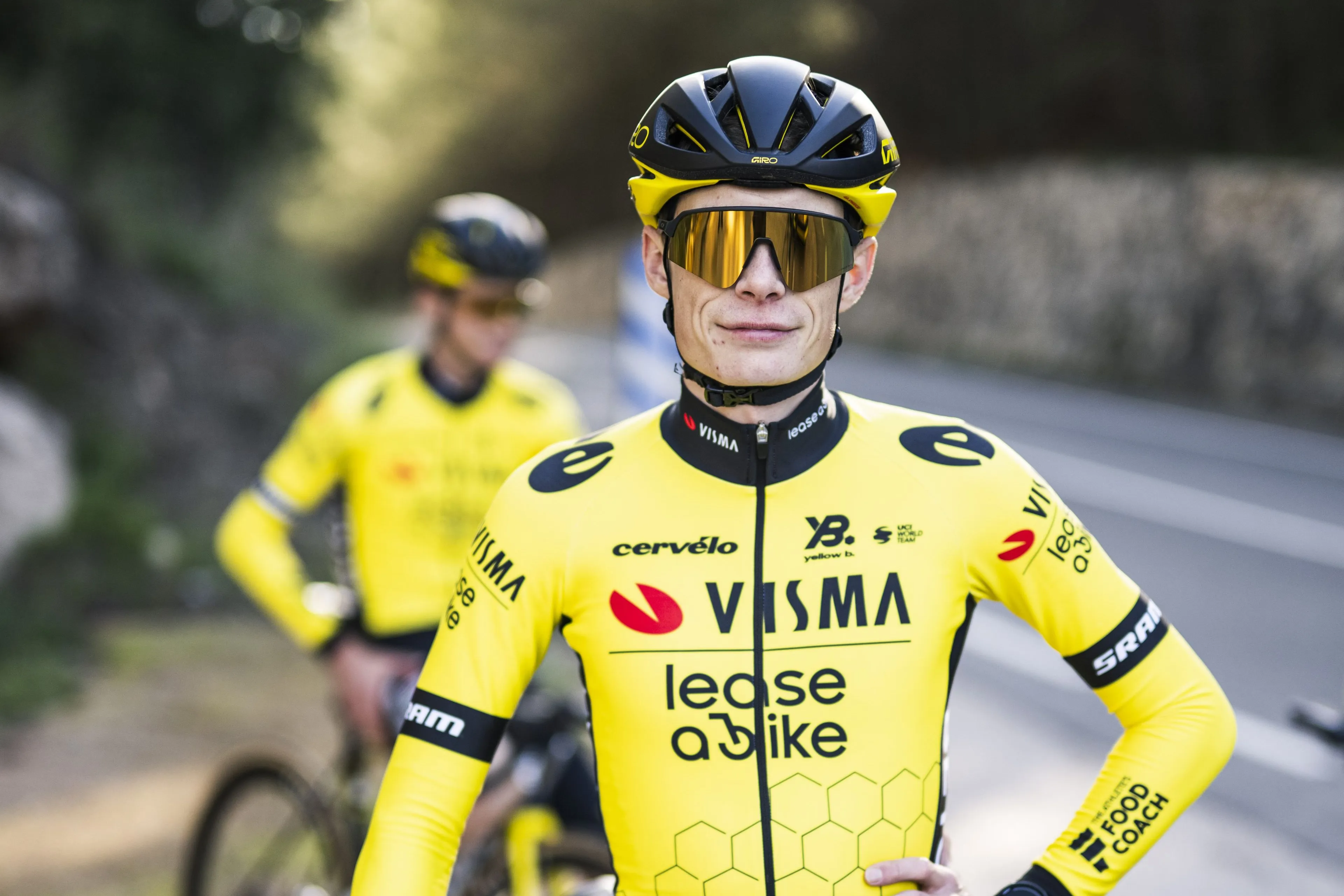Favorites stage 11 Giro d’Italia 2025 | Banana peel, booby trap or what should we call it?!
CyclingTuesday, 20 May 2025 at 20:44
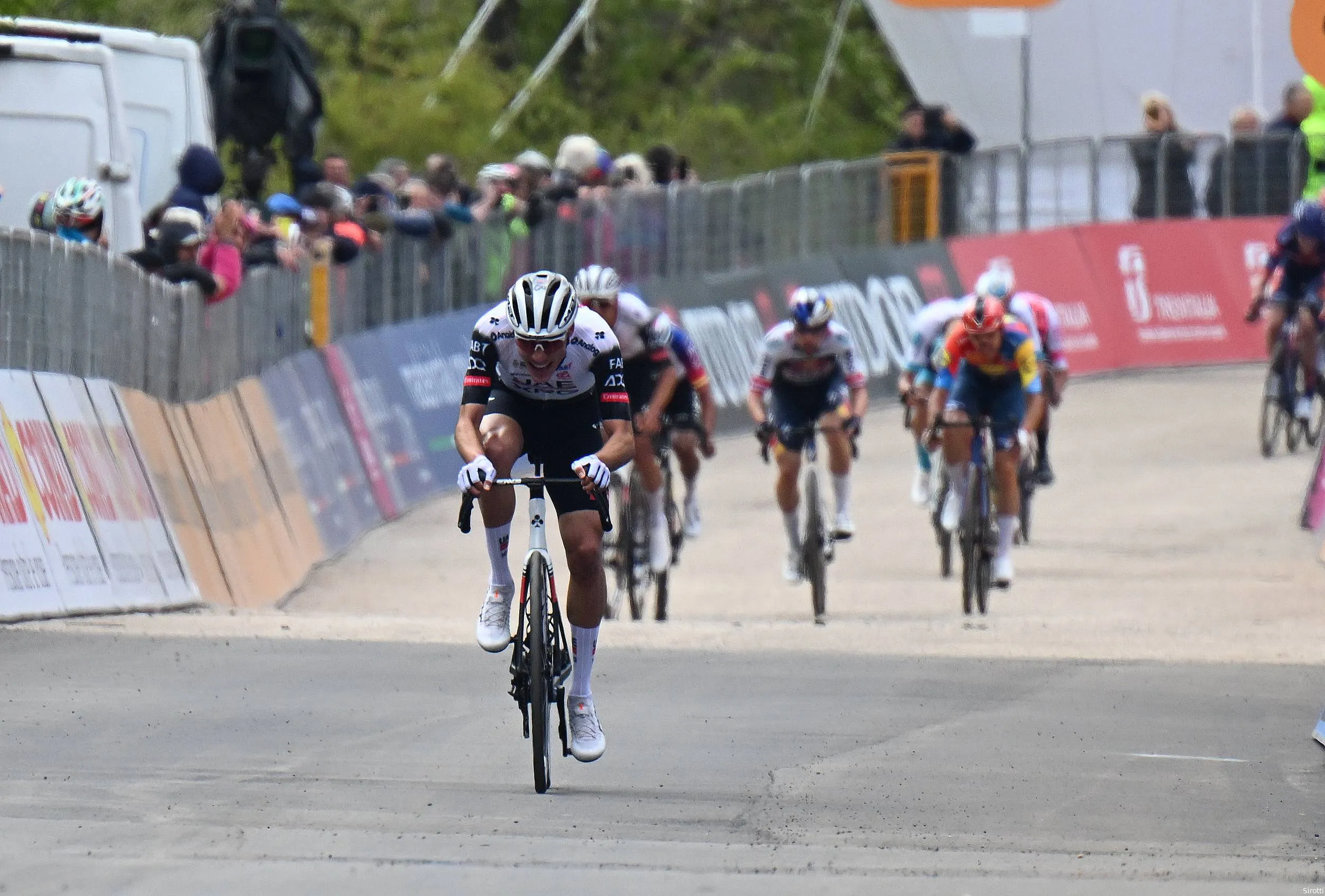
After a full rest day on Monday and what was basically a half-rest day for much of the peloton during Tuesday’s time trial, the riders of the Giro d’Italia head back into the mountains on Wednesday. The stage from Viareggio to Castelnovo né Monti spans 186 kilometers and could unfold in several different ways. IDLProCycling breaks down the route, possible scenarios, and key favorites.
Course stage 11 Giro d'Italia 2025
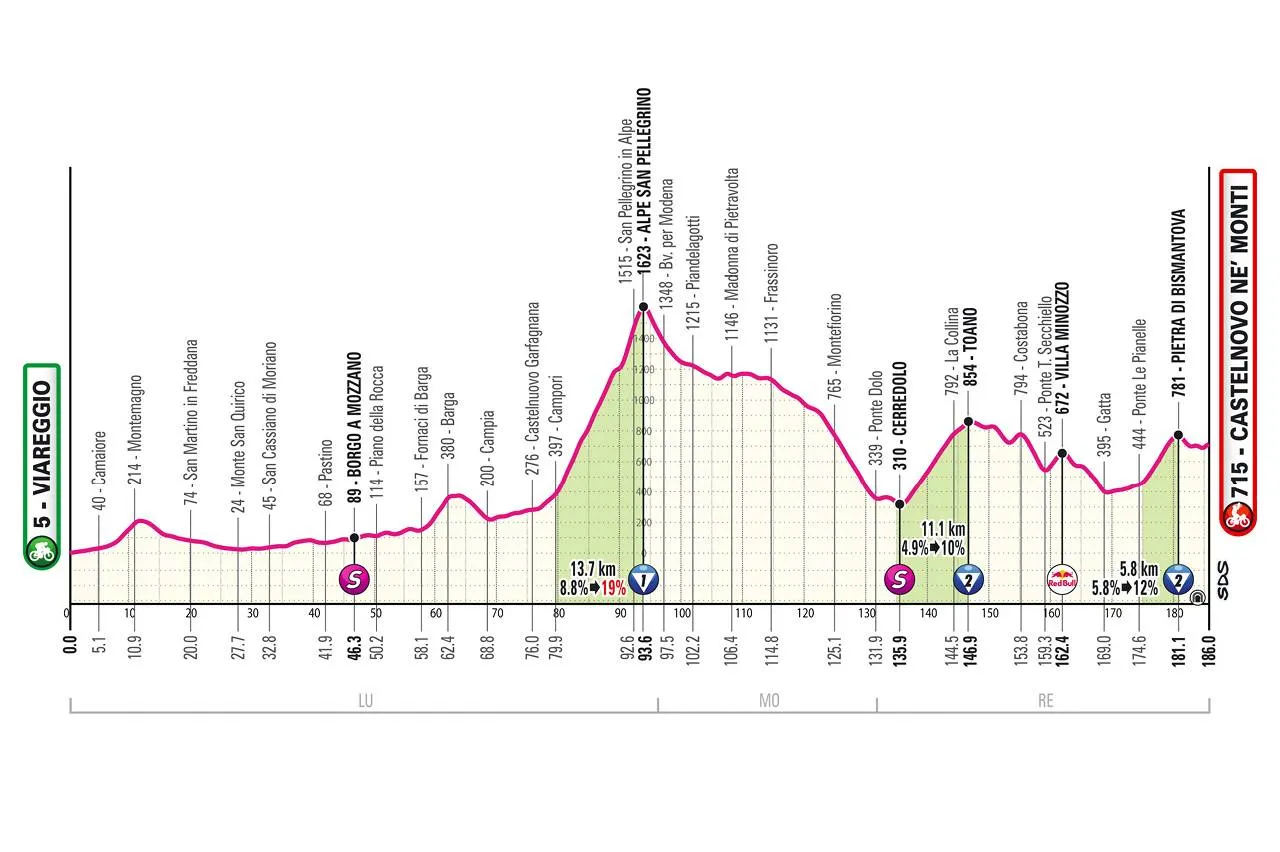
The riders will start in Viareggio, where Magnus Cort took a stage win in the Giro two years ago. From there, the route leads through Camaiore to Montemagno, where the riders face the first uphill stretch, three kilometers at 4.4%. It’s a great opportunity for climbing specialists in the breakaway to try to open up a gap, as the following 50 kilometers are mostly flat.
After passing the Barga hill (3.6 kilometers at 5.9%), the riders face the toughest climb of the day, and one of the most difficult in the entire Giro d’Italia: the Alpe San Pellegrino. This brutal ascent is 13.7 kilometers long with an average gradient of 8.8%, and it’s highly irregular to boot.
What does that mean? The first four kilometers go straight up at 9.4%, followed by five kilometers at 8.5%. After that, there’s a short descent, which brings down the average gradient, but then the road kicks up again for three brutal kilometers at 12.4% (!), before leveling off to 5.3% in the final kilometer to the summit. Fun fact: Antonio Tiberi and Damiano Caruso set the KOM on this climb in the run-up to the Giro.

The problem? There are still 93 kilometers to go after reaching the summit, starting with a 38-kilometer descent. Once the riders reach Cerredolo, the road climbs again via a second-category ascent: the Toano, which is 11.1 kilometers at 4.9%. After that, the peloton stays on a kind of plateau, with a few short, punchy climbs.
With twelve kilometers remaining, they’ll face the final obstacle of the day: the climb to Petra di Bismantova. It’s 5.8 kilometers at 5.8%, although those won’t be the last meters of elevation gain before the finish.
Just over two kilometers from the finish, the road ramps up again to nearly 7%, followed by a short descent leading into the final 1,000 meters. That last kilometer averages 4.0% uphill, which could still cause a serious lactate build-up. The finish line itself comes right after a left-hand bend, holding the inside line there could prove crucial.
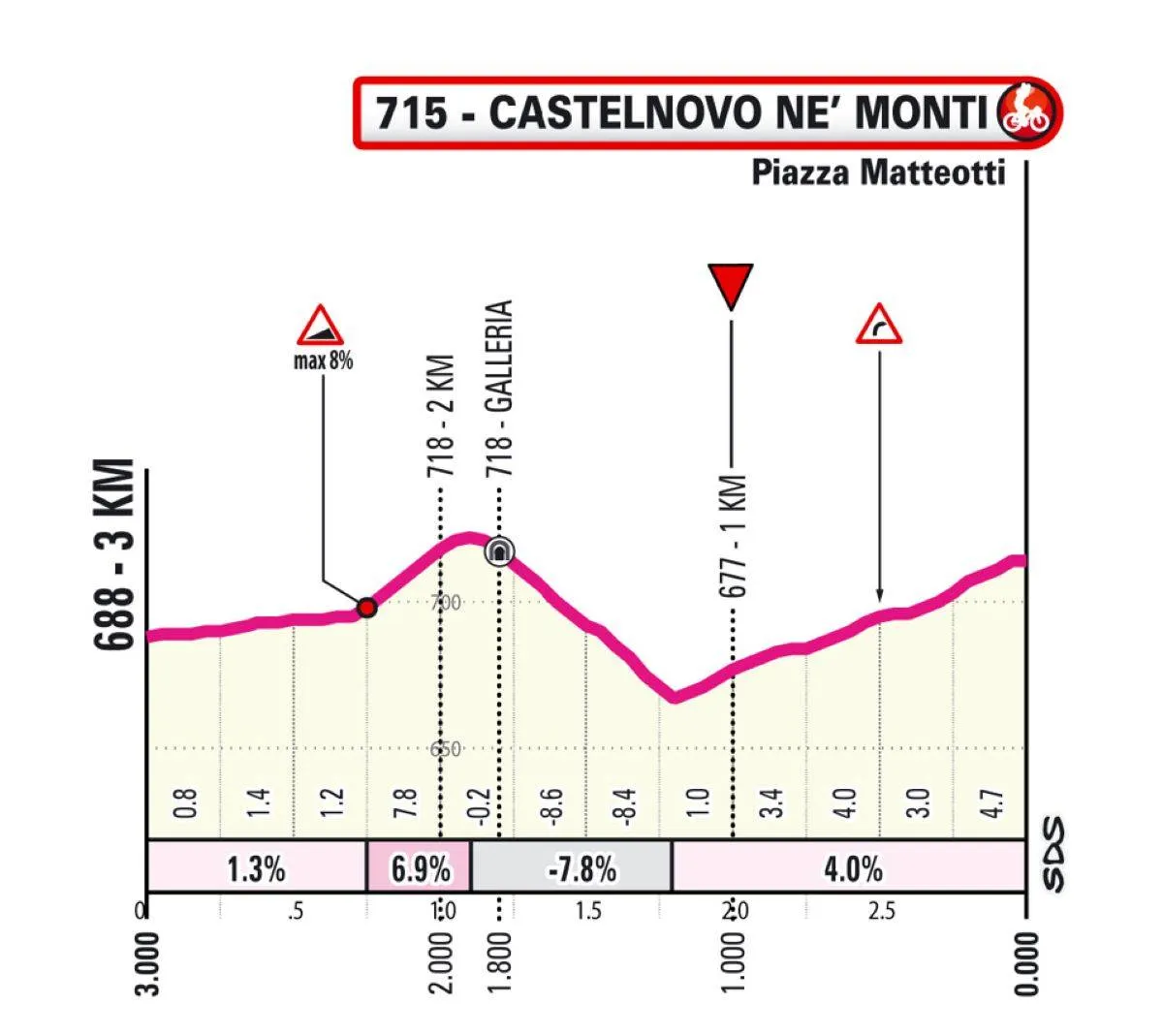
Climbs
93.6 km: Alpe San Pellegrino (13.7 km at 8.8%)
146.9 km: Toano (11.1 km at 4.9%)
181.1 km: Petra di Bismantova (5.8 km at 5.8 km)
93.6 km: Alpe San Pellegrino (13.7 km at 8.8%)
146.9 km: Toano (11.1 km at 4.9%)
181.1 km: Petra di Bismantova (5.8 km at 5.8 km)
Times
Start: 12:20 PM (local time)
Finish: around 5:30 PM (local time)
Start: 12:20 PM (local time)
Finish: around 5:30 PM (local time)
Weather stage 11 Giro d'Italia 2025
The weather across Italy this week has generally been far from ideal, and Wednesday remains uncertain. Some forecasts are calling for rain, while others are not. Temperatures are expected to hover just below 20°C.
Favorites stage 11 Giro d'Italia 2025
On paper, this is a very intriguing stage in the Giro d’Italia. It seems the organizers have deliberately placed major climbs, like Monte Grappa, Mortirolo, and San Pellegrino, in the middle of stages rather than at the finish. Tactically, this opens up many possibilities, especially with the potential presence of so-called “satellite riders” in early breakaways.
For those unfamiliar with the term “satellite riders”: these are teammates who are sent up the road early by their team leaders so they can provide support later in the stage. It was in this way, for example, that Fabio Aru’s Astana team managed to break Tom Dumoulin in the 2015 Vuelta, and also how Wout van Aert helped crack Tadej Pogacar on Hautacam in the 2022 Tour de France.
The pure climbers haven’t had much to work with so far in this Giro, but the San Pellegrino offers the first real chance to test not only their rivals’ legs but also their teams. With Red Bull-BORA-hansgrohe weakened, UAE Team Emirates looking dominant, and several hungry climbers ready to attack, this stage has the makings of a tactical booby trap. Still, history has also shown that stages like this can sometimes underdeliver.
Continue reading below
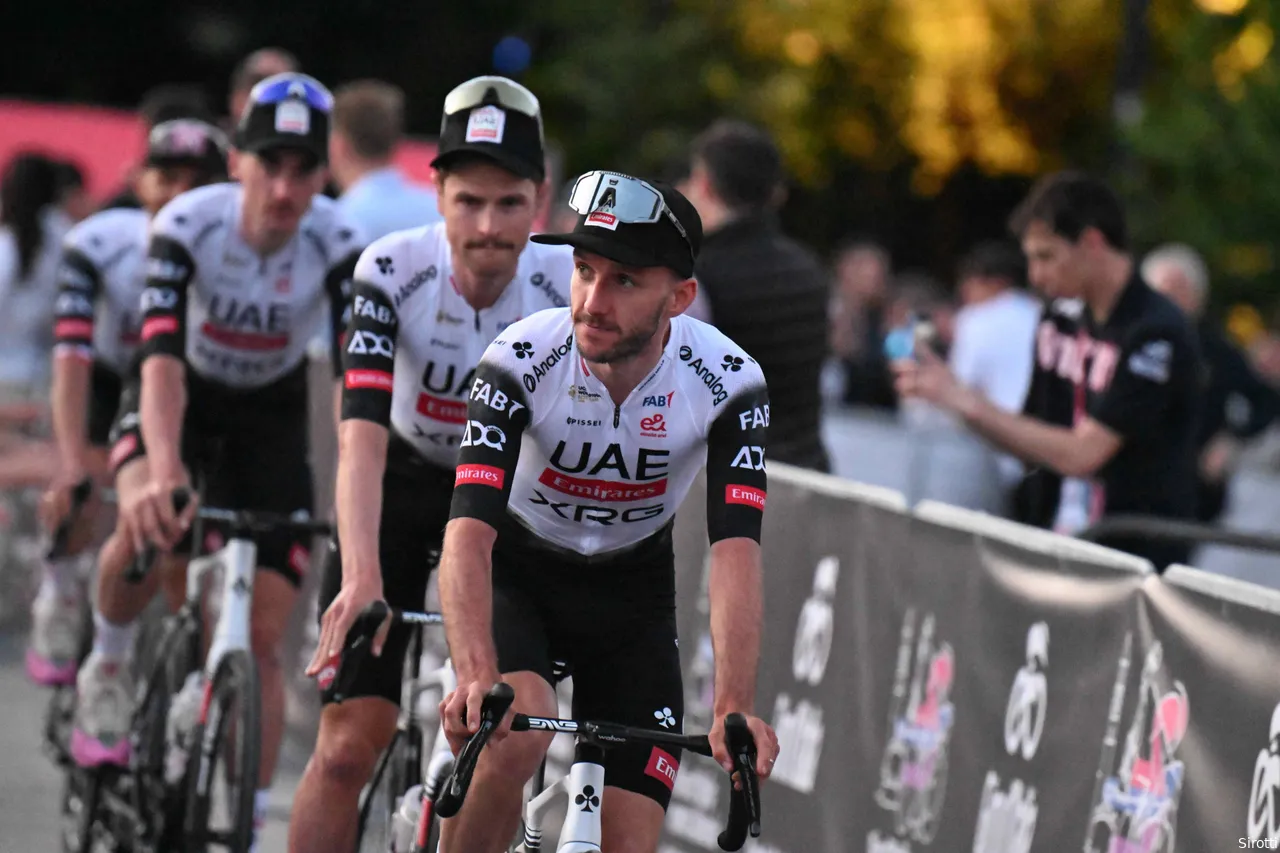
What we’re certain to see are some highly motivated breakaway riders. Climbers who are already a bit down on GC, like David Gaudu (Groupama-FDJ), mountain classification leader Lorenzo Fortunato, his XDS-Astana teammate Wout Poels, and the Picnic PostNL duo Romain Bardet and Max Poole. The latter already showed in week one that he can both climb and finish well, though he lost time during the Strade Bianche stage.
The day before, we also saw a few other motivated names in action, such as Luke Plapp, Paul Double (Jayco AlUla), Wilco Kelderman (Visma | Lease a Bike), Andrea Vendrame, Nicolas Prodhomme (Decathlon AG2R), Jay Vine (UAE Emirates-XRG), and Pello Bilbao of Bahrain Victorious. In tough stages like this, it’s often the same names who rise to the surface, although we’ll likely see a few new faces in week three. For riders like Mathias Vacek, Mads Pedersen (Lidl-Trek), and Wout van Aert (Visma | Lease a Bike), the San Pellegrino could be right on the edge of what they can handle.
The big question: what will the major teams do and when will they allow the early break to go? Will UAE Emirates-XRG, for example, dare to send someone like Adam Yates or Brandon McNulty up the road? And how will the other teams respond? If Primoz Roglic, who has crashed twice in recent days, wants solid support from his Red Bull-BORA-hansgrohe teammates, they’ll need to get up the road early to survive the San Pellegrino.
That won’t be easy, as Giovanni Aleotti, Daniel Felipe Martínez, and Jan Tratnik are all nursing injuries from their crash on stage six. For now, much of the burden seems to fall on the young shoulders of Giulio Pellizzari. Is the competition smelling Red Bull blood in the water?
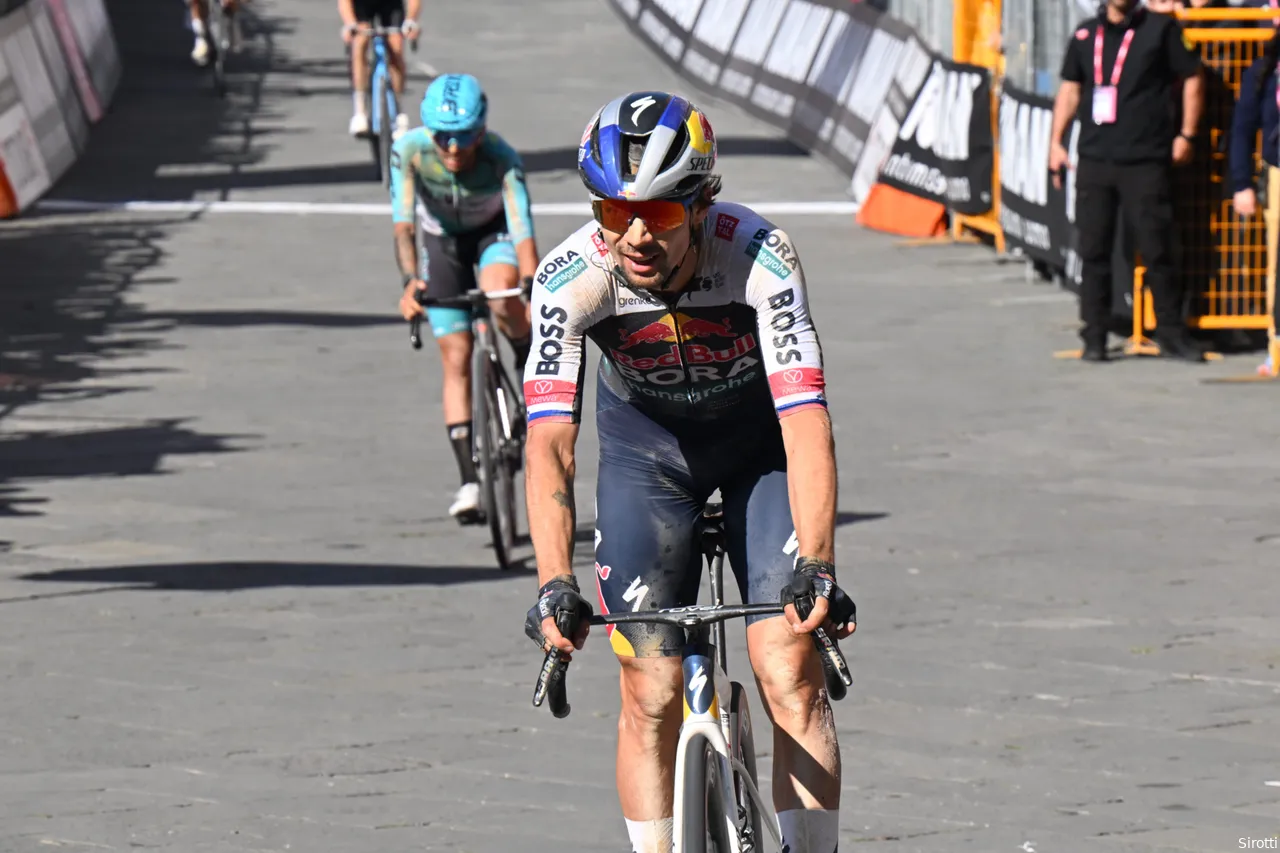
The fact is, riders like Richard Carapaz (EF Education-EasyPost), Thymen Arensman, Egan Bernal (INEOS Grenadiers), and Michael Storer (Tudor) are now entering terrain that suits them, and they’ve shown in the past that they’re not afraid to attack from far out. It will be up to Isaac Del Toro and Juan Ayuso of UAE to keep riders like that in check, while Simon Yates of Visma | Lease a Bike is expected to take a more conservative approach.
The Italians, Antonio Tiberi and Damiano Caruso, are already familiar with the brutal San Pellegrino climb, having ridden a 45-minute KOM effort there just before the Giro. Finally, all eyes will be on the tactical choices of riders like Giulio Ciccone (Lidl-Trek), Tom Pidcock (Q36.5), Einer Rubio (Movistar), Chris Harper (Jayco AlUla), Derek Gee (Israel-Premier Tech), and Davide Piganzoli (Polti-VisitMalta). Will they be bold enough to risk their GC positions already in week two?
Favorites stage 11 Giro d'Italia 2025, according to IDLProCycling.com
Top favorites: Max Poole (Picnic PostNL) and Pello Bilbao (Bahrain Victorious)
Outsiders: Wout Poels (XDS-Astana), Jay Vine, Juan Ayuso (UAE Emirates-XRG) and Richard Carapaz (EF Education-EasyPost)
Long shots: Isaac del Toro, Brandon McNulty (UAE Emirates-XRG), Tom Pidcock (Q356.5), Paul Double, Luke Plapp (Jayco AlUla), Wilco Kelderman (Visma | Lease a Bike), Primoz Roglic (Red Bull-BORA-hansgrohe), Mathias Vacek, Giulio Ciccone (Lidl-Trek) and Egan Bernal (INEOS Grenadiers)
Outsiders: Wout Poels (XDS-Astana), Jay Vine, Juan Ayuso (UAE Emirates-XRG) and Richard Carapaz (EF Education-EasyPost)
Long shots: Isaac del Toro, Brandon McNulty (UAE Emirates-XRG), Tom Pidcock (Q356.5), Paul Double, Luke Plapp (Jayco AlUla), Wilco Kelderman (Visma | Lease a Bike), Primoz Roglic (Red Bull-BORA-hansgrohe), Mathias Vacek, Giulio Ciccone (Lidl-Trek) and Egan Bernal (INEOS Grenadiers)
Read also
IDL-productions
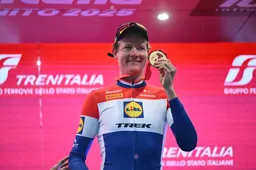
Daan Hoole reflects on Giro surprise after stunning growth – and jokes about "crazy earrings or hair color"
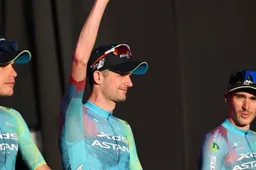
Course and results Giro d'Italia 2025 | Daan Hoole shocks the field, breakaway riders eye Wednesday’s stage
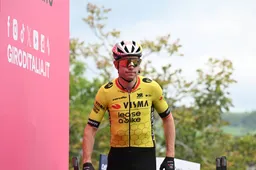
Van Aert explains suffering on time trial bike and praises surprise performer Hoole: "Clearly making progress"
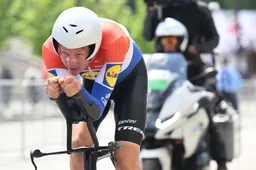
Hoole dreams of Giro time trial stunt (with favorable weather forecast) and predicts success for Ciccone and Vacek
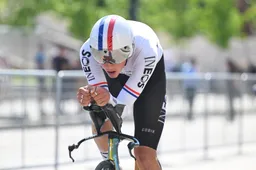
LIVE time trial stage 10 Giro d'Italia 2025 | From Lucca to Pisa, but will all riders compete on equal terms?
Latest Cycling News

Cycling news at your fingertips: Follow IDL Procycling everywhere!

Daan Hoole reflects on Giro surprise after stunning growth – and jokes about "crazy earrings or hair color"
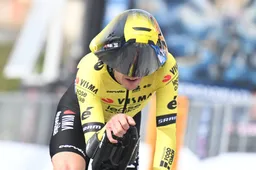
"Everything according to the plan" for Visma | LaB and S. Yates (4th overall, just behind the podium) after Giro time trial: “I think I can still do better”
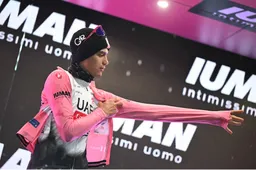
Isaac del Toro unfolds UAE plan for upcoming Giro stages and answers question on whether he sees himself winning the Giro
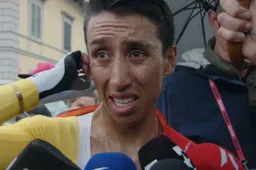
Thymen Arensman moves ahead of teammate Egan Bernal after "tricky day"; Colombian responds to crash in Giro d'Italia time trial
Popular Cycling News

A fired-up Vingegaard doesn't mince his words: Pogacar must and will be defeated: "I'm more determined than ever"

Course and results Giro d'Italia 2025 | Daan Hoole shocks the field, breakaway riders eye Wednesday’s stage

LIVE time trial stage 10 Giro d'Italia 2025 | From Lucca to Pisa, but will all riders compete on equal terms?
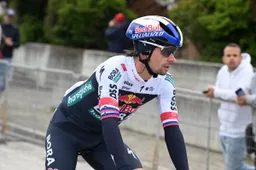
Classifications Giro d'Italia 2025 | Major shake-up in the GC! Here’s how the gaps look after the time trial

Pidcock and these GC contenders lost time Like Roglic in gravel stage: "Sorry it didn't go how we wanted"
Latest Comments
- The secret 2.5mm shorter cracks that's going to magically give him 30 more watts. Couldn't be anything else😅Veganpotter20-05-2025
- No comment but here's my comment!Veganpotter09-05-2025
- No comment but here's my comment!Veganpotter09-05-2025
- Jos van Emden is right to speak out. The UCI’s lack of transparency and inconsistent decision-making have eroded trust among teams, riders, and fans alike. When even experienced professionals like Van Emden lose faith, it’s a clear signal that the system needs serious reform. Integrity and fairness should be at the core of any governing body, something the UCI needs to be reminded of.ahmed06-05-2025
- Why continue to give this bully and liar a platform. Both he and Bruyneel should be persona non grata in the cycling world.Aodh25-04-2025
- Such negative comments that are truly inappropriate and actually ridiculous. He sounds like an old man, bitter that he can't race anymore. Why can't he just be gracious? Or just shut up. Instead of howling for attention, in such a rude manner. Must be Dementia creeping in. We are all living in the Now. Records are there, and some are being broken, some are unapproachable. If he doesn't like it, and it makes him sick, maybe he ought start watching some other sport. Don't want the old mans health to be upset.
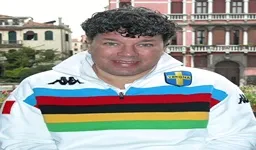 reemmo031-03-2025
reemmo031-03-2025 - Roger De Vlaeminck inspires me to create a new beer: "Bitter Old Twat Belgian".JackInhof31-03-2025
- Shoot, I'll ride it for 1/10 of what his pay for that day is😅Veganpotter30-03-2025
- What is this? The Lance Armstrong daily cheaters channel? I could care less about Johan and Lance the seven times cheater. Greg Lemond was right all along, Why don't you write about that instead of these two knuckleheads.velodrone28-03-2025
- Are we all doomed to hear from Lance Armstrong and Johan bruneel until the end of time? It's not enough the stain they left on cycling? Do we have to see that shadow forever?bigyakman26-03-2025

